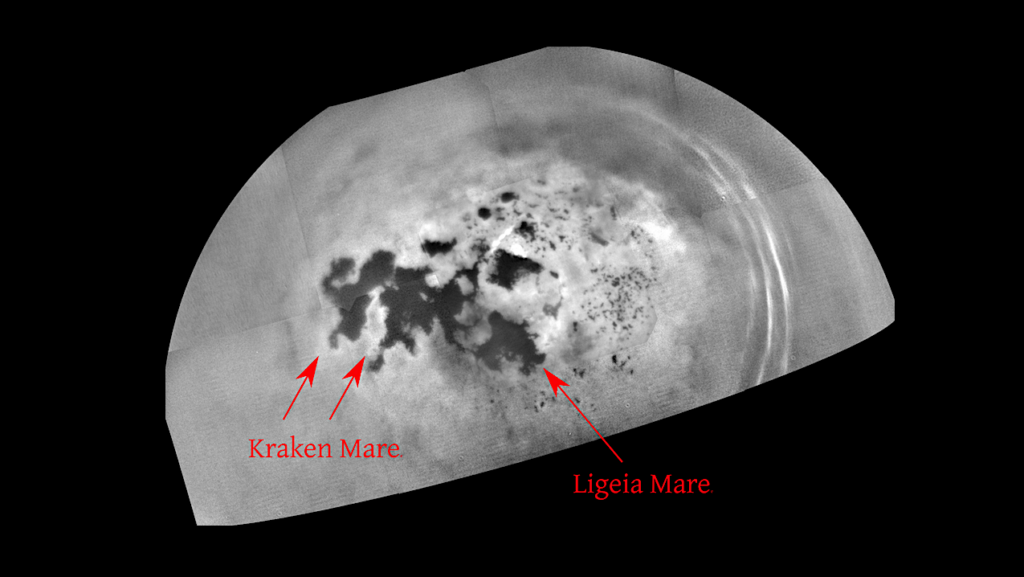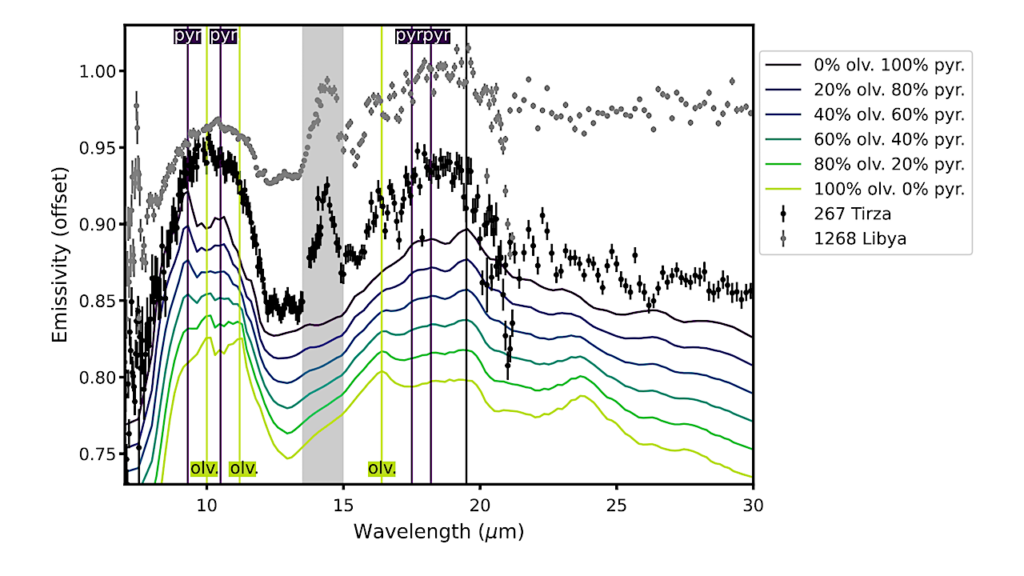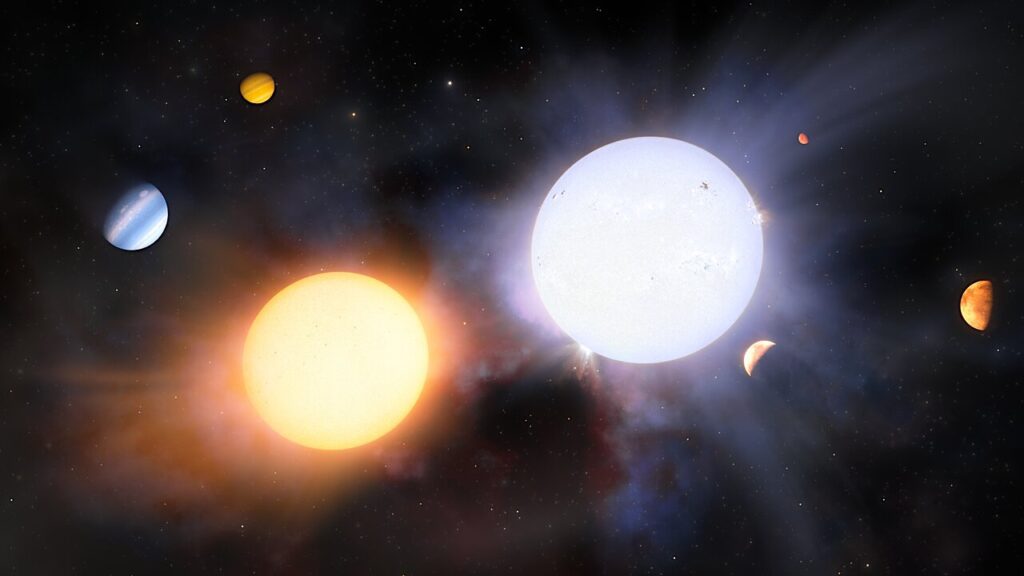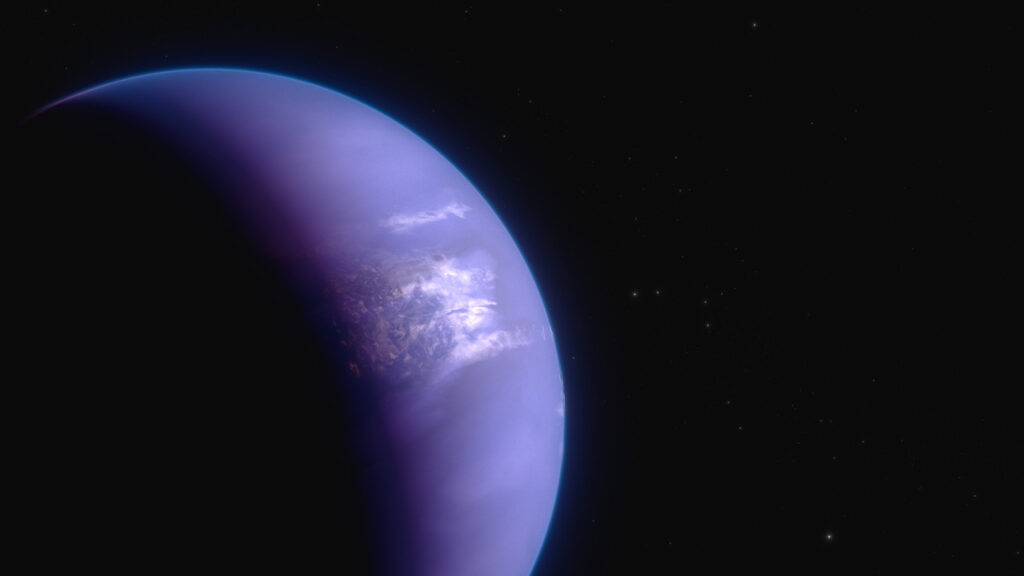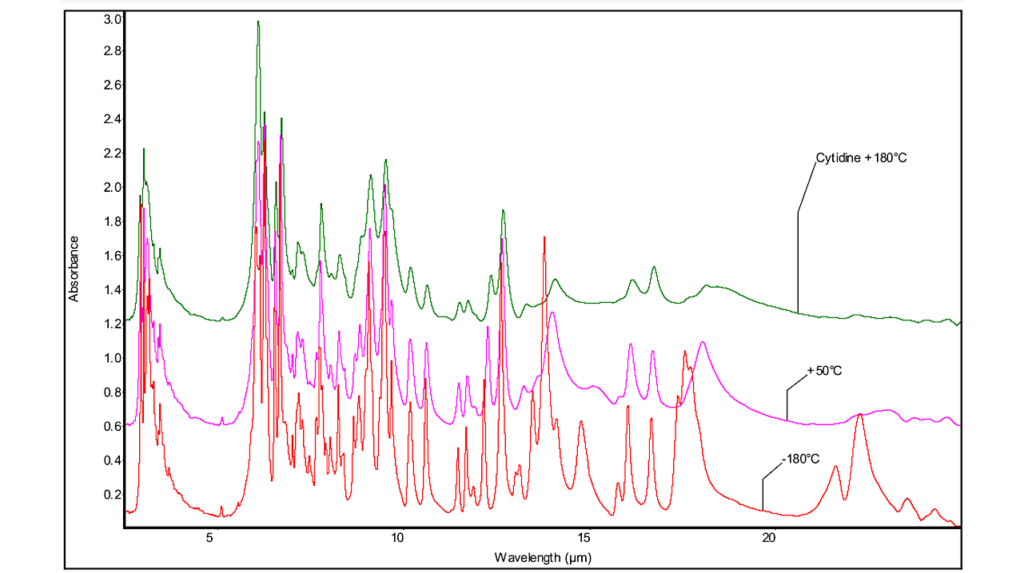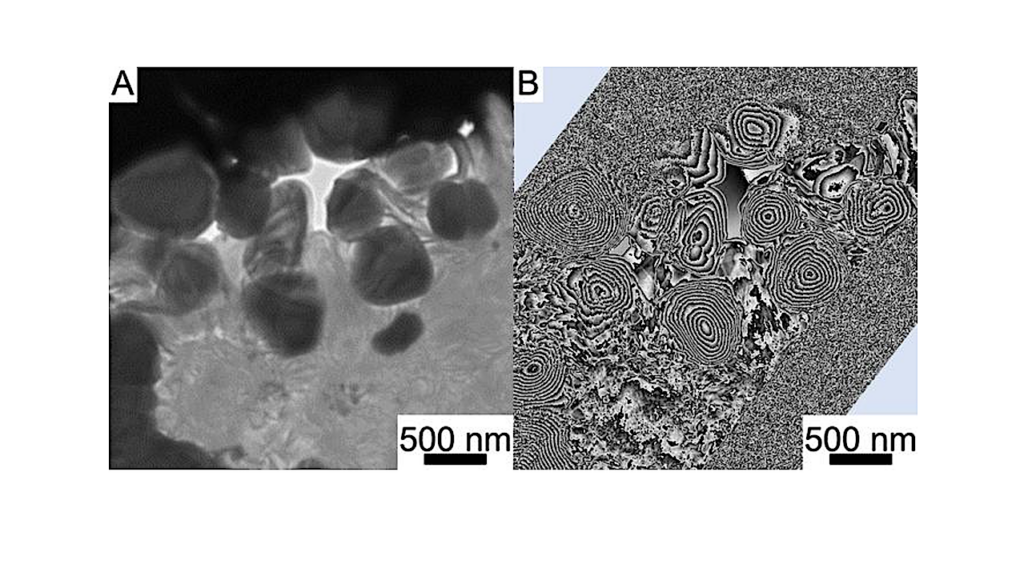Water Plumes On Enceladus Caused By Strike–Slip Motion
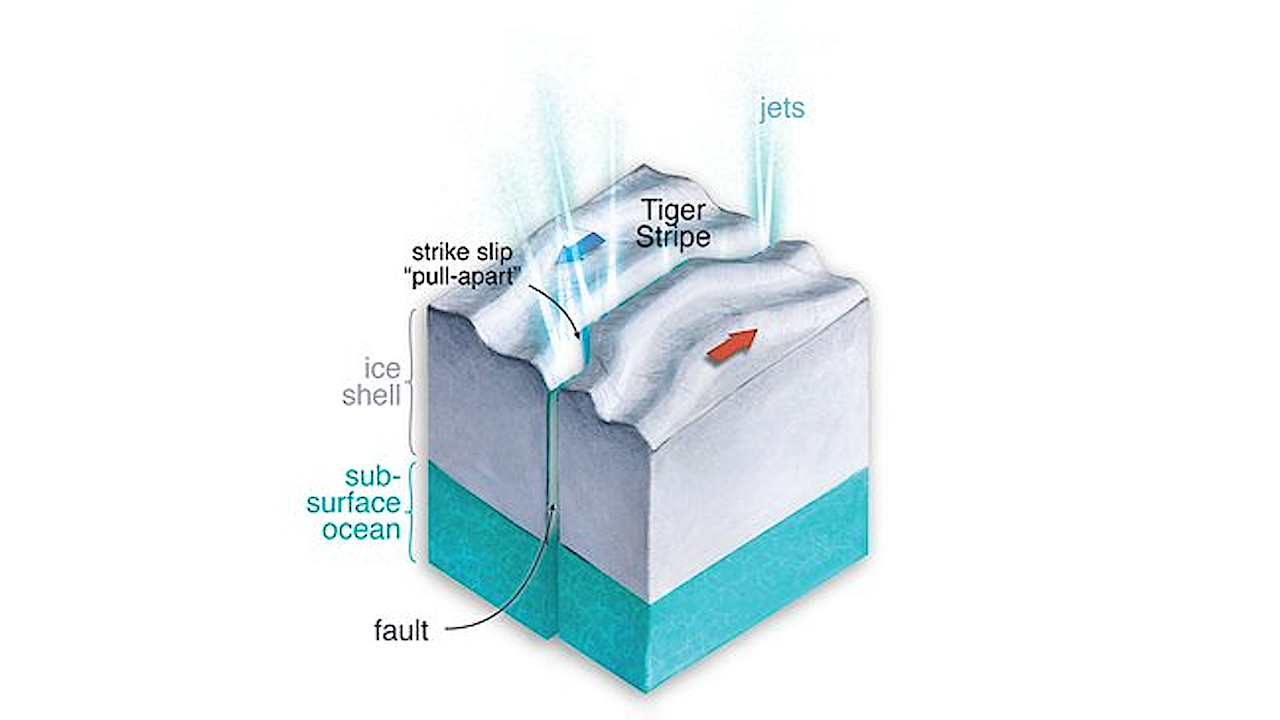
Over the course of its elliptical orbit, the moon Enceladus is squeezed unevenly by Saturn’s gravitational pull and deforms from a spherical shape into a football shape and back again. This cyclic stress causes a phenomenon called “tidal heating” within Enceladus and dissipates enough energy to maintain what is believed to be a global ocean underneath the moon’s icy crust.
At Enceladus’s south pole, a large number of jets spray icy particles out from a set of jagged, 150-kilometer-long faults—known as the tiger-stripe faults—and this ejected material coalesces above the moon’s surface to form a plume. Samples of this plume material analyzed by NASA’s Cassini mission suggests that the chemical conditions believed to be necessary for life may exist in the ocean deep beneath Enceladus’s surface.
Now, new research led by graduate student Alexander Berne (MS ’22), working with Mark Simons, the John W. and Herberta M. Miles Professor of Geophysics and director of the Brinson Exploration Hub at Caltech, uses a detailed geophysical model to characterize the motion of these tiger-stripe faults and provides new insights into the geophysical processes controlling jet activity. Understanding these and other factors—such as the extent to which the jet material represents the subsurface ocean, how long jets have been active, the topography of its ice shell, and so on—is crucial for getting a detailed picture of the moon’s potential habitability over time.
The plume above Enceladus’s south pole varies in intensity, waxing and waning in strength to produce two notable bright peaks in emission during the moon’s 33-hour orbit around Saturn. It has been theorized that tidal forces cause the tiger-stripe faults to open and close like an elevator door, allowing them to emit more or less material in cycles that correspond to those tides. However, such models are not able to accurately predict the timing of peaks in plume brightness. More problematic: This fault-opening mechanism requires more energy than is expected to be available from tidal forcing alone.
The new study suggests that observed variations in Enceladus’s plume strength may be due to the tiger-stripe faults moving in a strike–slip fashion, with one side shearing past the other, similar to the style of fault motion that produces earthquakes along faults like California’s San Andreas. The energy required for such fault motion is considerably less than required by the opening/closing mechanism.
Berne and colleagues developed a sophisticated numerical model to simulate strike–slip motion along Enceladus’ faults. These models also consider the role of friction between the faults’ icy walls, which causes deformation to be sensitive to both compressional stresses that tend to clamp and unclamp the fault, and shear stresses that tend to drive slip on the fault. The numerical model is able to simulate slip along the tiger stripes in a manner which matches the variations in plume brightness variations as well as spatial variations in surface temperature, suggesting that the jets are indeed controlled by strike–slip motion over Enceladus’s orbit.
The researchers theorize that the individual jets occur at “pull-aparts” in the faults—bent sections of fault that open under regional strike–slip motion. Recent separate research from JPL also examined the tiger-stripe region and found geological evidence for pull-aparts along the faults, located right at the location of the jets. “We now appear to have both geologic and geophysical reasons to suspect that jet activity occurs at pull-aparts along Enceladus’s tiger stripes,” says Berne.
In 2005, the Cassini mission flew by Enceladus, sampled the jet material, and discovered that the plume contains elements like carbon and nitrogen, indicating that the subsurface ocean currently could harbor conditions favorable for life. In addition to the presence of these and other chemical components, key geophysical conditions—such as sufficient heat production and nutrient flux between the core, the ocean, and the surface—are required for habitability.
“For life to evolve, the conditions for habitability have to be right for a long time, not just an instant,” Simons says. “On Enceladus, you need a long-lived ocean. Geophysical and geological observations can provide key constraints on the dynamics of the core and the crust as well as the extent to which these processes have been active over time.”
“Detailed measurements of motion along the tiger stripes are needed to confirm the hypotheses laid out in our work,” Berne says. “For instance, we now have the capacity to image fault slip, such as earthquakes, on Earth using radar measurements from satellites in orbit. Applying these methods at Enceladus should allow us to better understand the transport of material from the ocean to the surface, the thickness of the ice crust, and the long-term conditions which may enable life to form and evolve on Enceladus.”
The paper is titled “Jet activity on Enceladus linked to tidally-driven strike–slip motion along tiger stripes” and appears in the journal Nature Geoscience on April 29. Berne is the study’s first author. In addition to Simons, co-authors are James T. Keane, Erin J. Leonard, and Ryan S. Park of JPL. Funding was provided by NASA and JPL.
astrobiology


